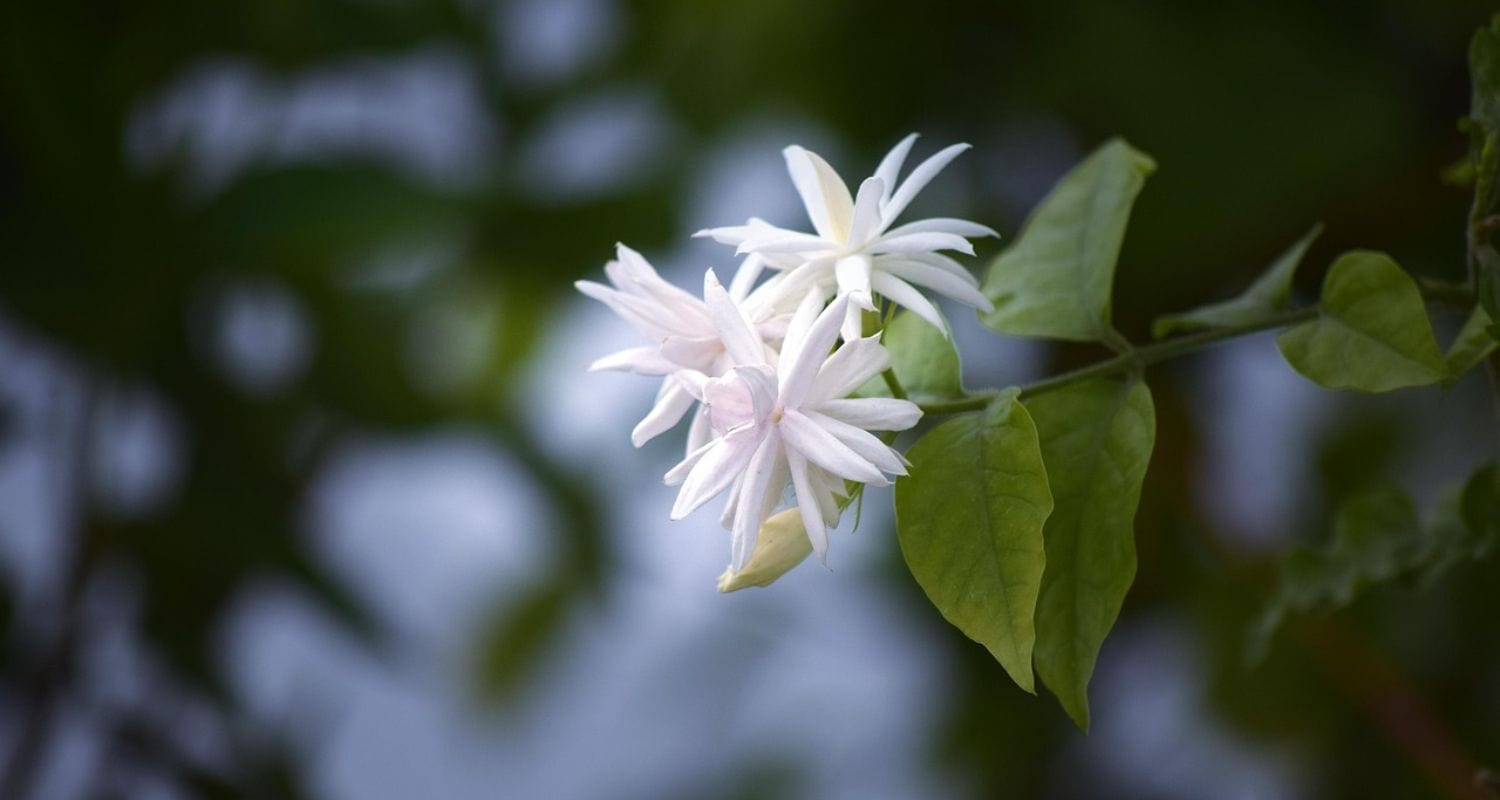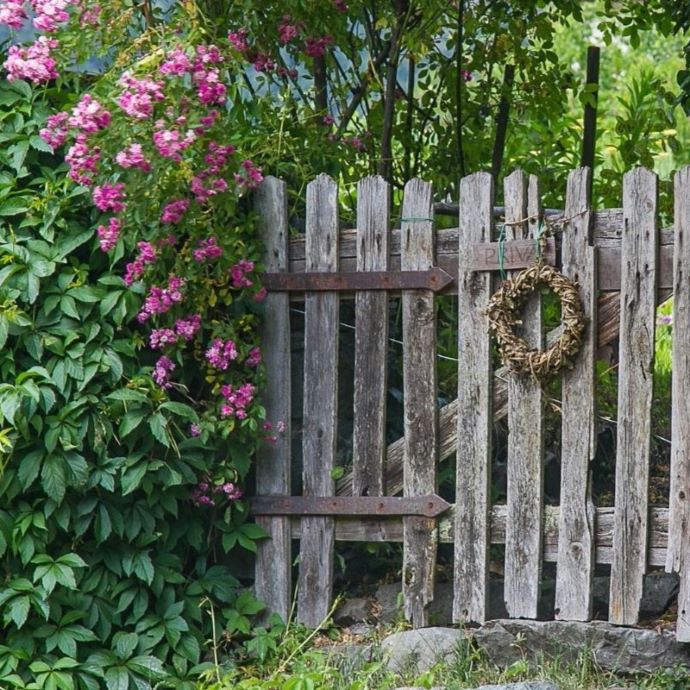Advice & Inspiration
Jasmine Plant Care Guide

Jasmine plants are among our very favourite climbers, thanks to their glorious flowers, fabulous fragrance and lush foliage. The perfect companion for a pergola or the solution to a sad-looking fence, jasmine plants are as versatile as they are impactful.
When you’ve got plants as stunning as these, it’s important to know how to look after them. Luckily for you, that’s exactly what we’re here to do! In this post, we’ll be unpacking how to care for jasmines of all kinds, including their pruning and feeding requirements, potted jasmine needs and much, much more.
Jump to:
- Caring for outdoor jasmines
- Caring for indoor and potted jasmines
- Pruning jasmine plants
- Feeding jasmine plants
- Jasmine plant problems
Caring for outdoor jasmines
Jasminum plants (to give them their Latin name) grown outdoors typically perform best in a sunny, sheltered spot (at least six hours of direct sunlight per day). That said, they can also be grown in partial shade, though the fragrance might not be quite so pronounced.
Initial planting and establishment
Plant your jasmine in moist, well-drained soil. If your soil is a bit on the heavy side, consider amending with some perlite or horticultural grit to improve drainage. In terms of pH, jasmines will grow in acidic, neutral and alkaline soils, but prefer it on the slightly acidic end of the spectrum.
A twining climber, rather than self-clinging, your jasmine will need a support against which its stems can wrap around (an obelisk, for instance, or a trellis). You might want to tie your jasmine into its support initially, just to help guide it up the support as it establishes. Don’t worry, you don’t need anything fancy, garden twine works perfectly for this.
Watering your outdoor jasmine plant(s)
Jasmine plants are pretty thirsty customers, particularly while they’re establishing. For the first couple of years, water your plant regularly throughout the growing season, especially during hot, dry spells.
You’ll be able to tell if your jasmine plant needs more water as the leaves will crisp and dry up, become brown and fall from the plant. Conversely, overwatering your jasmine plant will have yellowing leaves and stems that have an almost mushy feel to them. As a general rule, if the top inch (or so) of soil is dry to the touch, then your plant probably needs watering.

Caring for indoor jasmines and potted jasmines
Given that jasmine plants like a warm, sheltered position, it’s no wonder that they also grow well indoors. Certain tender varieties actually prefer to be grown indoors, at least during the colder parts of the year. Other hardier varieties, like common jasmine, can be grown outdoors all year round.
Position your plant in a sunny spot in your conservatory, and make sure it has something to grow against like a trellis, obelisk or railing. One of the benefits of growing your jasmine plant in a pot is that you can move it outdoors during the spring and summer, then move it indoors when the cold snaps hit.
Watering indoor and potted jasmine plants
As with most plants grown in containers, pot-grown jasmines require more routine watering than their ground-grown counterparts. You don’t want your plant to sit in waterlogged soil, however, so make sure there are drainage holes in your pot, and if possible, set it up on feet so that it’s slightly elevated from the ground and water can escape into a saucer.

Pruning jasmine plants
Jasmine plants benefit from pruning each year, with the pruning needed depending on the variety in question.
Summer jasmines (like Jasminum officinale) should be pruned once flowering has finished, at the start of autumn. While they don’t need any substantial pruning, a light trim, removing old, flowered shoots, can help keep them nice and tidy and within the space allotted to them.
Winter jasmine plants (Jasminum nudiflorum), which are more shrubby than they are climbers, should be pruned in spring, immediately after flowering. If you don’t keep on top of your winter jasmine pruning, then unsightly bare patches can appear.

Feeding jasmine plants
An application of general purpose, slow-release fertiliser every spring can help your jasmine plant reach its full potential. Alternatively, you can apply a liquid feed fortnightly throughout the growing season (from the end of spring to the beginning of autumn). Be careful not to overfeed, however, as this can promote foliar (leaf) growth over flower growth.

Jasmine plant problems
When grown in appropriate conditions, jasmines are typically happy, healthy plants. That said, there are still a few problems to watch out for, with the most notable being aphid populations. Aphids should be tolerated in small populations, as they provide a source of food for other creatures in the garden. If it’s reached infestation level, however, then you can remove colonies by squishing them and spraying the affected area with soapy water to prevent returning populations.
Final thoughts
If you love the heady scent of jasmine wafting through your garden on a summer’s eve, then you’re not alone. We love it, too! With proper care and attention, your jasmine will provide you with wonderful flowers and fragrance for years to come. Make sure to check out our other jasmine guide, in which we detail which varieties of jasmine are best for UK gardens.





















